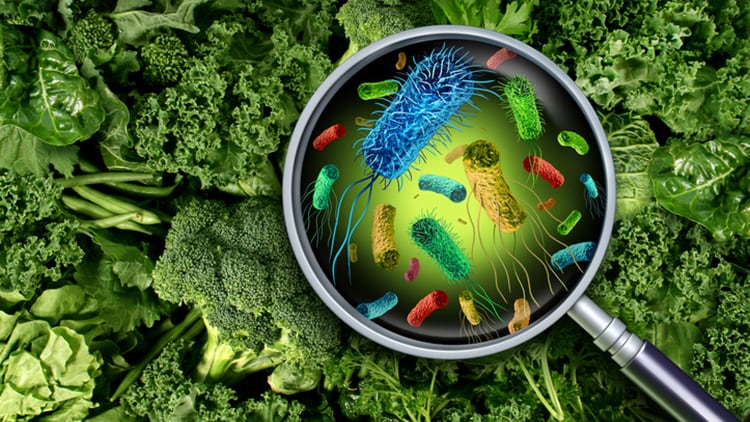On 14 June, Public Health England, the Food Standards Agency and the NHS confirmed that, following a retrospective analysis of listeria cases, an additional three cases – including two deaths – were linked to this outbreak.
While the incident came from pre-packed sandwiches, listeria can be found in unpasteurised milk, soft cheeses and chilled ready-to-eat foods.
UKHospitality food safety adviser Lisa Ackerley has tips for operators on how to ensure listeria is not an issue in pubs.
She said: “Listeria is found everywhere, in the environment, on raw foods including meat and salad produce, faeces and in dust.
“Many people don’t get ill when they have a dose of the bacteria but those who are vulnerable, including the elderly, very young, already sick and pregnant women are most at risk and can be seriously ill and could even die.
“Pregnant women are at risk of miscarrying their baby. As caterers don’t know if their customers fit into these vulnerable categories, it pays to be extra vigilant.”
Food safety
What is listeria?
Listeriosis is a rare infection caused by bacteria called listeria. It is usually caught from eating food containing listeria bacteria.
Ackerley gave advice on the optimum environment to keep food in to avoid listeria breeding and becoming an issue.
She explained: “Listeria is an unusual organism because it can grow at very low temperatures, even just under freezing. Safety of incoming, ready-to-eat foods is critical, as is keeping foods as chilled as possible and following manufacturers’ use-by instructions.
“Your supplier of ready-to-eat chilled foods is a critical player in the prevention of listeria – if foods are contaminated, things are not going to get any better along the food chain.
“Ensure you choose with the utmost care and ask to see microbiological testing results and supplier accreditation certificates to give reassurance.
“When you receive ready-to-eat chilled foods, ensure they are delivered chilled and below the agreed temperature.”
Storage temperature
If food is delivered to pubs in a vehicle, the temperature of this needs to be checked as well as the temperature of the food itself.
“Below 5°C is normal but if the food packaging specifies lower temperatures for storage, ensure the delivery vehicle sticks to this,” Ackerley said.
“Check the food temperature, not just the temperature the delivery driver gives you – air and product temperature can be quite different.
“Keep foods chilled in storage in accordance with manufacturers’ instructions. When preparing foods, keep them out of refrigeration for as short time as possible.
“If displaying foods for service, keep under refrigeration and dispose of it if the food has exceeded 8°C for more than four hours. Always keep to manufacturers’ use-by dates and keep a note of these if you decant foods.”

